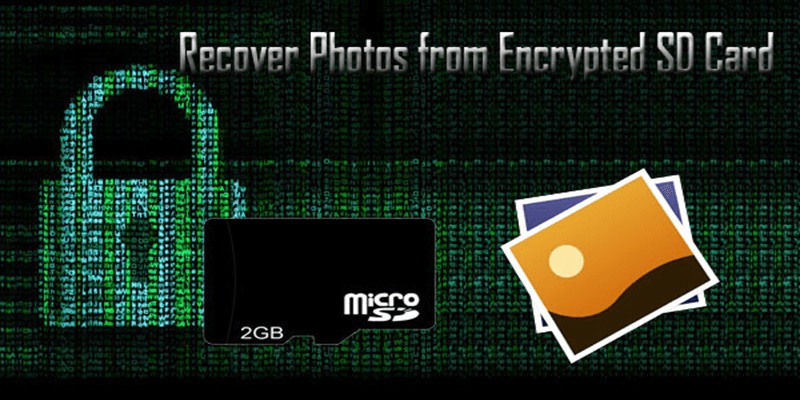
This leaves the data subject to complete loss if the initial device fails - and they do fail as I am sure you know. I find it completely unimaginable to believe that a corporation as massive and trend-setting as Motorola is, would design an encryption system that depends on the initial device which encrypted the REMOVABLE SD Card, to un-encrypt it. Step 4: Enter your password and wait patiently for the decryption process to complete. Step 3: Scrow down and choose the Decrypt SD card option. Step 2: Go to the phone settings and click the Lock screen and security. Step 1: Insert the SD card into a Samsung phone device and restart the phone. I understand that the INTERNAL card is gone, but we're talking about a REMOVABLE MicroSD, not an internal one. Solution 1: Decrypt SD Card with Password on Android. If that isn't an option, Motorola should develop an app for Windows which allows us (with proper password entry) to un-encrypt that data and retrieve it for situations just like this one. If I want my data encrypted, and I know my password(s), I should be able to reinsert that card into an identical device, re-enter the password(s), and retrieve the data without incident.

Phillip : I don't see an encrypted SD Card as "corrupted" in the pure sense of the word, since the only "corruption" is the "encryption" that was performed by the original phone.


 0 kommentar(er)
0 kommentar(er)
